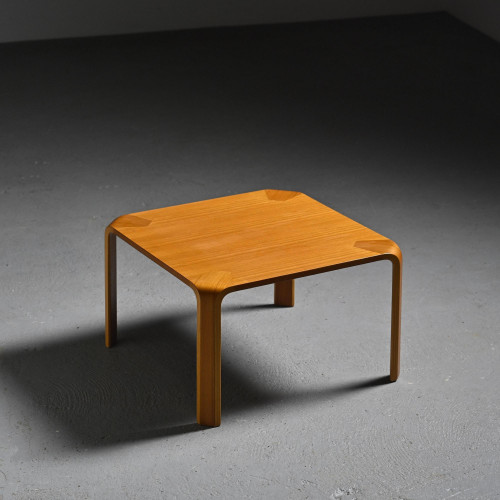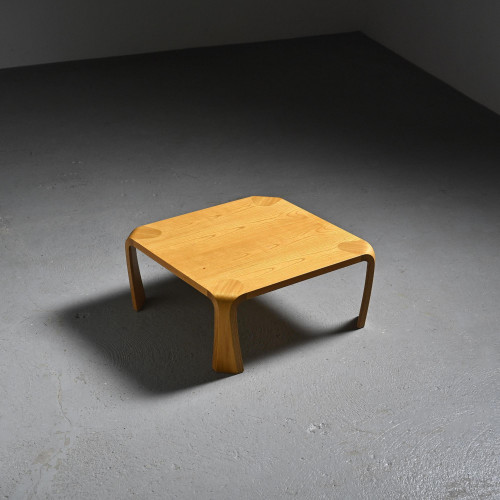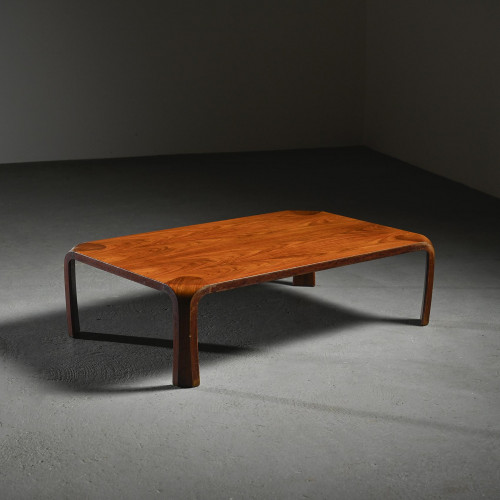Saburo Inui (1911 - 1991)
Saburo Inui (1911-1991) is considered one of the most influential Japanese industrial designers of the 20th century. Born in Hsinchu, Taiwan, he moved to Japan in 1936 to study at the Institute of Industrial Arts (IAI) in Sendai. During his studies, he collaborated with the renowned designer Yanagi Sōri on the creation of the groundbreaking Butterfly Stool in 1946. This minimalist, ergonomic design has since become a symbol of post-war Japanese design, marking a pivotal moment in the evolution of Japanese furniture.
In the 1950s, Inui joined Tendo Mokko, a pioneering company known for its bentwood furniture, where he took on the role of technical director. His leadership and expertise were key in developing iconic pieces such as the Zataku coffee table and the Ply chair. These creations, crafted from molded plywood, showcase Inui's ability to blend traditional Japanese craftsmanship with modern innovation, establishing him as a visionary in the use of this material for elegant and functional designs.
Inui's work has been exhibited in prestigious institutions, including the National Museum of Tokyo and the Design Museum in London. His designs continue to be celebrated for their seamless fusion of traditional Japanese artistry and contemporary minimalism. His enduring legacy is defined by an aesthetic that balances form, function, and innovation, leaving a profound influence on the landscape of modern design.





